Losing critical business data can be a real problem for businesses, which makes having a reliable backup plan in place a priority. The Tandberg RDX family provides a reliable, easy to implement, and scalable solution to manage your backup requirements. This family of products utilize a removable hard drive cartridge technology with up to 8 media bays.

For lighter loads, where a single drive is sufficient, the QuikStor may be the ideal choice. It is available in both internal and external models with either SATA or USB3.0 interfaces. This model is ideal for individual servers or workstations. The external drive offers the option to have a portable/mobile solution. The QuadPAK™ rack mount kit allows up to 4 of these individual drives to be rack mounted.
For situations where a single drive is not enough, the QuikStation provides multi-bay options with either 4 or 8 drive bays. These units are capable of baking up multiple workstations or servers and can be configured as multiple drives, or as a single large volume drive.
Nicknamed "the Swiss Army Knife of Data Protection," it is so versatile that users can configure the appliance in up to 10 unique modes. The RDX QuikStation provides removable data protection for any or many systems on the same network. The removable disk array emulates 10 configurable storage types, offering users versatility and expanded compatibility. The RDX-based appliance can look like a tape library or autoloader, virtual RDX drives, stand-alone tape drives, generic disk drives, or a combination of tape and disk. Media spanning allows users to store up to 24TB** with a single backup set
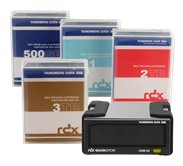
The entire family of RDX products utilize the same family of drive cartridges, making it really easy to manage a disk rotation, upgrade to add additional capacity, or simply to archive a drive in secure location. To accommodate varied requirements, RDX offers a variety of media types and capacities.
RDX media is offered in three different versions:
- HDD-based versions with capacities from 500GB to 3TB
These traditional hard disk drive models work just like the standard drives in your server or workstation and they offer the highest capacity options. - SSD-based versions with capacities from 128GB to 512GB
Solid State Disks may be the right choice where higher data transfer rates are required, or in rough environments where resistance to shock, heat, dust, or humidity can be an issue. - WORM (write once, read many) media with capacities from 500GB to 1TB
Write Once media is the ideal choice for archiving data that must be kept safely, without the option for it to be deleted or overwritten. It meets regulatory compliance requirements, and with its higher capacities, it reduces the number of media required.
For individuals managing their own backup, or for a centralized backup solution, the AccuGuard Server provides a very easy to use solution. It uses a familiar Windows interface to create a backup job, select the files and folders to be included, and create a backup schedule.
Restoring from a backup is equally simple. Whether you need to completely restore the full system, or just selected data files. AccuGuard Server provides an install wizard which does all the work. An easy-to-use GUI helps to configure, manage and control backup jobs and recovery processes. A comprehensive help menu provides users with instructions and guidance.
If your backup requirements include a number of servers and workstations, AccuGuard Enterprise will allow you to manage the backup routines for your entire workgroup environment from a single application. It works very much like the server edition, except that it accommodates multiple servers and workstations.
AccuGuard Enterprise is easy to install and easy to use. There is no need for installing software on the client side. So, every new client or remote workstation can be easily integrated into the enterprise-wide backup environment. All backup jobs and tasks are management and monitored from a central backup server or workstation. Email notification is issued after each job has finished informing the administrator about the results.
AccuGuard Enterprise offers full flexibility on creating multiple backup jobs for systems, files and folders or databases, numerous scheduler options and multiple backup targets, like local disk, RDX QuikStor, RDX QuikStation or NAS systems and network shares. Point in time recovery allows restoring selected files and folders from a specified backup date, and full system recovery restores entire systems from scratch.
Whether your backup needs are for a single workstation or server, or you need to manage the backups for an entire workgroup, the Tandberg RDX® family has a solution for you.
- Install QuikStor™ on each individual machine for localized backups.
- Use QuikStation™ with 4 or 8 media bays to expand the system to accommodate multiple systems or the entire workgroup.
- Take advantage of the flexibility offered with the removable drive cartridge technology for drive rotation and off-site storage.
- AccuGuard™ software provides an easy to implement, user friendly solution to manage the backup routines.
Don’t get caught in a bad situation when a system crashes and its data is lost, or when someone inadvertently deletes the wrong file or folder. Protect your vital data with a proven backup solution.


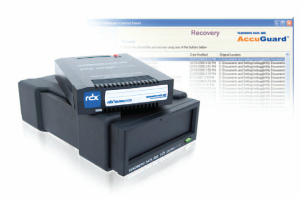
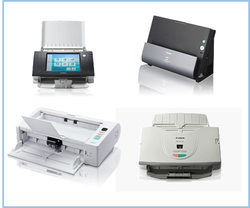
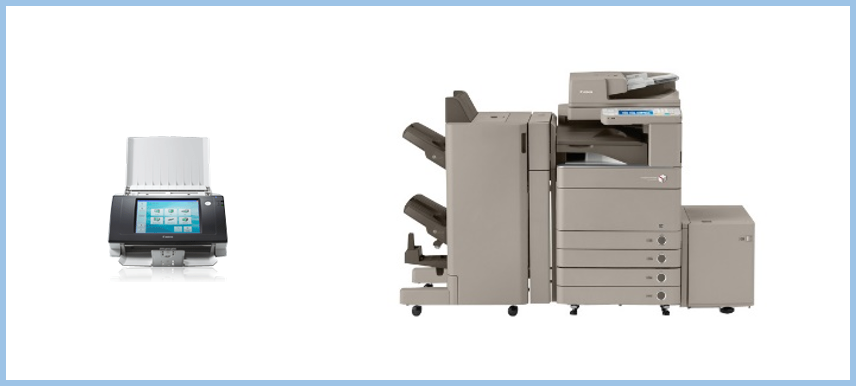
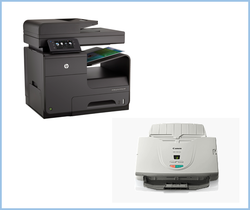
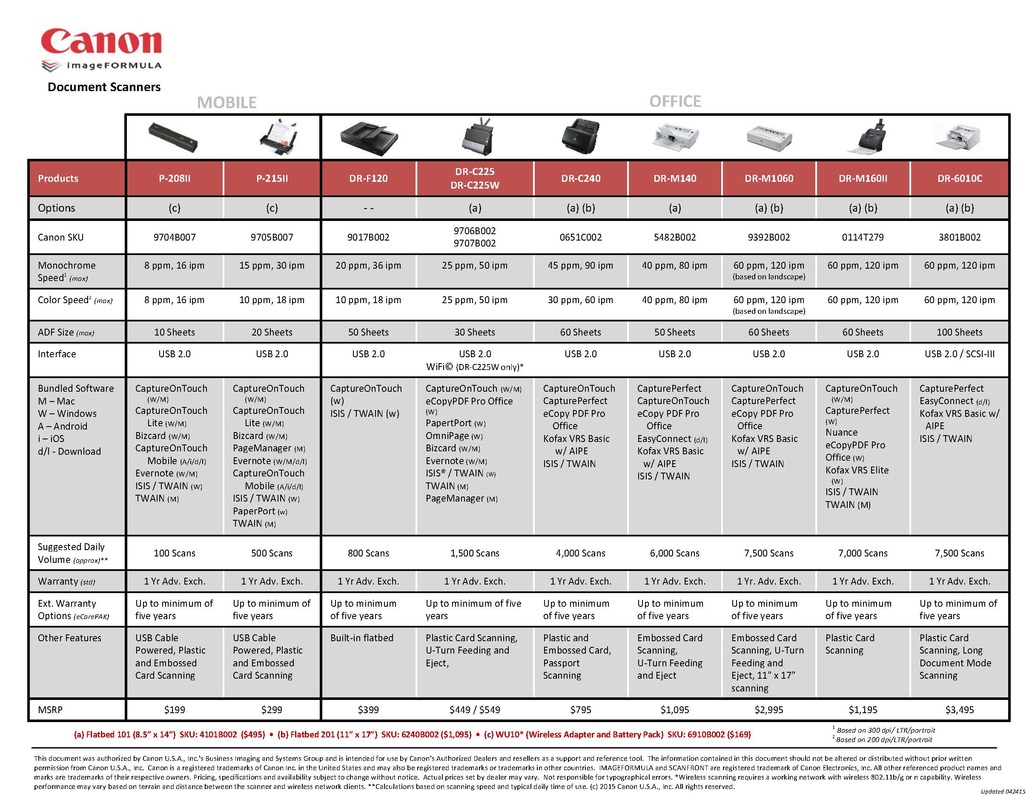
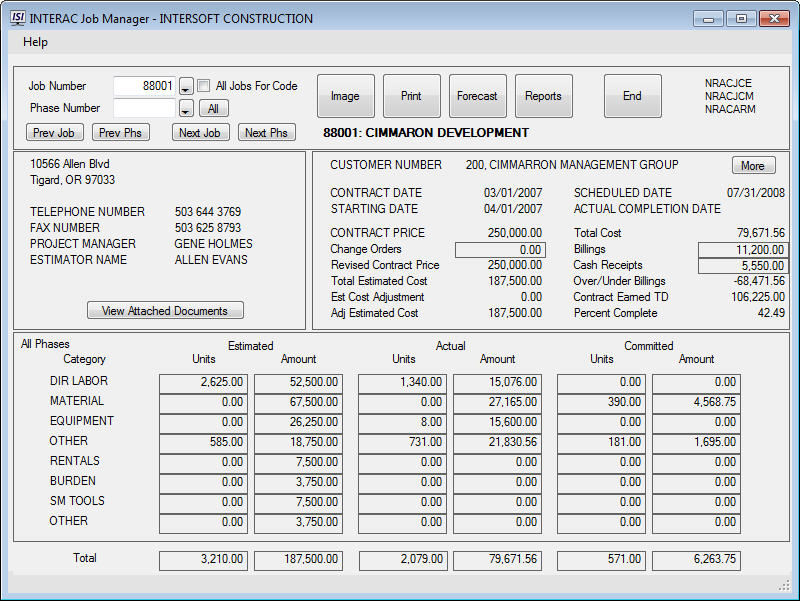

 RSS Feed
RSS Feed